Daubert Challenges To Expert Testimony - Accident Lawyer Hawaii

|

|

|

|
Product Liability Lawyer - Accident Attorney Hawaii
Law Office of William H. Lawson |
|
Defective Products - Table of Contents Daubert Challenges To Expert TestimonyProducts Liability Cases In HawaiiDaubert v. Merrell Dow Pharmaceuticals Inc., 509 U.S. 579 (1993) constituted a major shift in the treatment of expert testimony in Federal Court cases. Prior to Daubert, courts and commentators regarded Frye v. United States, 293 F. 1013 (D.C. Cir. 1923) as the pre-eminent case on the admission of expert testimony. The Frye standard of "general acceptance" within the scientific community was modified by the Federal Rules of Evidence (and in particular, Rule 702) and ultimately Daubert found that Rule 702 of the Federal Rules of Evidence (as interpreted in Daubert) completely displaced the Frye test. This occurred in 1993. An overview of the "gate keeping" function under Daubert and its progeny is set forth in the case of Clausen v. M/V New Carissa, F.3d, 2003 WL 22208783, 9th Cir.(Or.), Sep 25, 2003. That court stated:
"Federal Rule of Evidence 702 governs the admissibility of scientific evidence in federal district court. In Daubert [v. Merrell Dow Pharm., Inc., 509 U.S. 579 (1993)], the Supreme Court charged district courts with the responsibility of ensuring that proferred scientific evidence is both relevant and reliable. See509 U.S. at 589-95. Scientific evidence is deemed reliable if the principles and methodology used by an expert are grounded in the methods of science. Id. at 592-95; Domingo v. T.K., 289 F.3d 600, 605 (9th Cir.2002). In Daubert the Supreme Court set forth a non-exclusive list of factors to determine whether scientific testimony is sufficiently reliable: (1) whether the scientific theory or technique can be [and has been] tested; (2) whether the theory or technique has been subjected to peer review and publication; (3) whether there is a known or potential error rate; and (4) whether the theory or technique is generally accepted in the scientific community. Daubert, 509 U.S. at 593-95. [emphasis added]
"In determining whether a proffer of scientific evidence is
sufficiently reliable, we have previously held that '[o]ne
very significant fact to be considered is whether the
experts are proposing to testify about matters growing
naturally and directly out of research they have conducted
independent of the litigation, or whether they have
developed their opinions expressly for purposes of
testifying.' Daubert v. Merrell Dow Pharms, Inc., 43 F.3d
1311, 1317 (9th Cir.1995)('Daubert II'). If the testimony
is not based on independent research then what is required
is 'proof that the research and analysis supporting the
proffered conclusions have been subjected to normal
scientific scrutiny through peer review and publication.'
Id. at 1318. The recent case of Yarchak v. Trek Bicycle Corp., 208 F. Supp. 2d 470 (D.N.J. 2002) also addressed these considerations. That court stated:
"In Khumo Tire Co. v. Charmichael, 526 U.S. 137 (1999), when evaluating the reliability of the reasoning and methodology employed by nonscientific or technical expert witnesses, the Supreme Court's main objective is to 'ensure that an expert, whether basing testimony on professional studies, a clearly established methodology or technique, or on his own specialized knowledge, skill or experience, employs in the courtroom the same level of intellectual rigor that characterize the practice of an expert in the relevant field.' Khumo, 526 U.S. at 152. . . . "The linchpin of the Daubert/Paoli analysis is an evaluation of the 'relevance and reliability' of the proposed expert testimony. See Daubert, 509 U.S. at 595, In re Paoli R.R. Yard PCB Litig., 35 F.3d 717, 741-743 (3d Cir. 1994) ('Paoli II') . The inquiry into reliability requires a court to ensure that an expert's opinion is 'based on the "methods and procedures of science" rather than on `subjective belief or unsupported speculation.' Paoli II, 35 F.3d at 742 (citing Daubert, 509 U.S. at 590). In other words, the court must satisfy itself that the expert has 'good grounds' for his or her opinion. Id. The Supreme Court, and the Third Circuit, have identified several factors to assist the court in determining whether a particular expert opinion is based on valid reasoning or methodology. These factors include: (1) whether a method consists of a testable hypothesis; (2) whether the method has been subject to peer review; (3) the known or potential rate of error; (4) the existence and maintenance of standards controlling the technique's operation; (5) whether the method is generally accepted; (6) the relationship of the technique to methods which have been established to be reliable; (7) the qualifications of the expert witness testifying based on the methodology; and (8) the non-judicial uses to which the method has been put. Paoli II, 35 F.3d at 742 n. 8. These factors are intended to serve only as 'useful guideposts, not dispositive hurdles that a party must overcome in order to have expert testimony admitted.' Heller v. Shaw Industries, Inc., 167 F.3d 146, 152 (3d Cir. 1999); see also, Daubert, 509 U.S. at 594 (emphasizing that the inquiry into the evidentiary reliability of expert testimony under Rule 702 is intended to be a 'a flexible one' and that the list of enumerated factors is neither exclusive nor dispositive)." In the case of Kumho Tire Co., Ltd. v. Carmichael, 526 U.S. 137, 119 S.Ct. 1167, 143 L.Ed.2d 238 (1999), that court held:
"The Daubert factors may apply to the testimony of engineers and other experts who are not scientists. The Daubert 'gatekeeping' obligation applies not only to 'scientific' testimony, but to all expert testimony." The court went on to find that other factors besides those four listed in Daubert, (see, eg., the quote from Clausen supra) may be considered by the trial judge in performing the gatekeeping function. See 119 S.Ct. at 1175. In the case of U.S. v. Alatorre, 222 F.3d 1098 (9th Cir. 2000), that court stated:
"[T]he law grants a district court the same broad latitude when it decides how to determine reliability as it enjoys in respect to its ultimate reliability determination.; Daubert, 509 U.S. at 593, 594, 113 S.Ct. 2786 ('Many factors will bear on the inquiry, and we do not presume to set out a definitive checklist or test.'; 'The inquiry envisioned by Rule 702 is ... a flexible one.'). Along the same lines is the Court's reminder that 'the gatekeeping inquiry must be tied to the facts of a particular case.' Kumho Tire, 526 U.S. at 150, 119 S.Ct. 1167 (internal quotation marks and citations omitted)." The case of Lappe v. American Honda Motor Co., Inc., 857 F.Supp. 222 (NDNY 1994), aff’d 101 F.3d 682 (2d Cir. 1996) has been criticized by nearly every court which has discussed it - eg. (1) disagreement with this case was recognized by Stecyk v. Bell Helicopter Textron, Inc., 1998 WL 42302 (E.D.Pa. Jan 05, 1998), affirmed 295 F.3d 408 (3rd Cir. 2002), (2) the Lappe case was called into doubt by Sears, Roebuck & Co. v. Kunze, 996 S.W.2d 416 (Tex. 1999), rehearing overruled (1999), petition for review denied ( 2000), rehearing of petition for review denied (2001) and (3) the Lappe case was distinguished by Thomas v. West Bend Co., 760 A.2d 1174 (Pa. 2000). A fourth case which apparently has discussed the Lappe case is Ulico Casualty Company v. Clover Capital Management, Inc., No. 3:00-CV-773 (N.D.N.Y. 09/06/2002). That court stated: "In assessing reliability, the court must decide whether the expert's testimony has a 'traceable, analytical basis in objective fact.’ Bragdon v. Abbott, 524 U.S. 624, 653, 118 S. Ct. 2196, 141 L. Ed.2d 540 (1998). 'Opinion evidence that is connected to existing data only by the ipse dixit of the expert’ should not be admitted. Kumho Tire, 526 U.S. at 157, 119 S. Ct. 1167." [Emphasis added]
|
|
Accident Lawyer Hawaii
Law Offices of William H. Lawson
New client hotline:
Pearl City, Aiea and Waipahu:
Main business phone: Products Liability - Cases & Comment Jones Act- maritime law and seaman cases The Constitution Of The State Of Hawaii Recent Personal Injury and Car Accident News
|
|
Awards and Honors 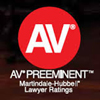 Martindale Hubbell - AV rated lawyer - Best Rating Possible
Martindale Hubbell - AV rated lawyer - Best Rating Possible
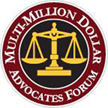 Multi-Million Dollar Advocates Forum
Multi-Million Dollar Advocates Forum
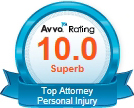 AVVO Top Rated Personal Injury Attorney, 10 of 10
AVVO Top Rated Personal Injury Attorney, 10 of 10
 ATLA Top 100
ATLA Top 100
 Lawyers.com - Rated 5.0 out of 5.0 - Top Rating Possible
Lawyers.com - Rated 5.0 out of 5.0 - Top Rating Possible
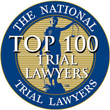 National Trial Lawyers - Top 100 Trial Lawyers
National Trial Lawyers - Top 100 Trial Lawyers
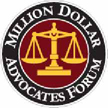 Million Dollar Advocates Forum
Million Dollar Advocates Forum
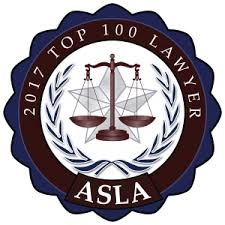 American Society of Legal Advocates - Top 100 - 2017
American Society of Legal Advocates - Top 100 - 2017
 Marquis' Who's Who in the World, Who's Who in America and Who's Who in American Law
Marquis' Who's Who in the World, Who's Who in America and Who's Who in American Law
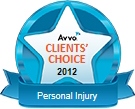 AVVO Clients' Choice Personal Injury Lawyer
AVVO Clients' Choice Personal Injury Lawyer
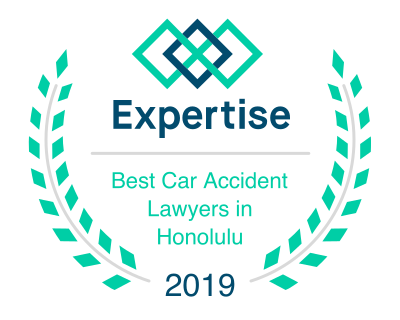 Expertise - Best Car Accident Lawyers in Honolulu 2019
Expertise - Best Car Accident Lawyers in Honolulu 2019
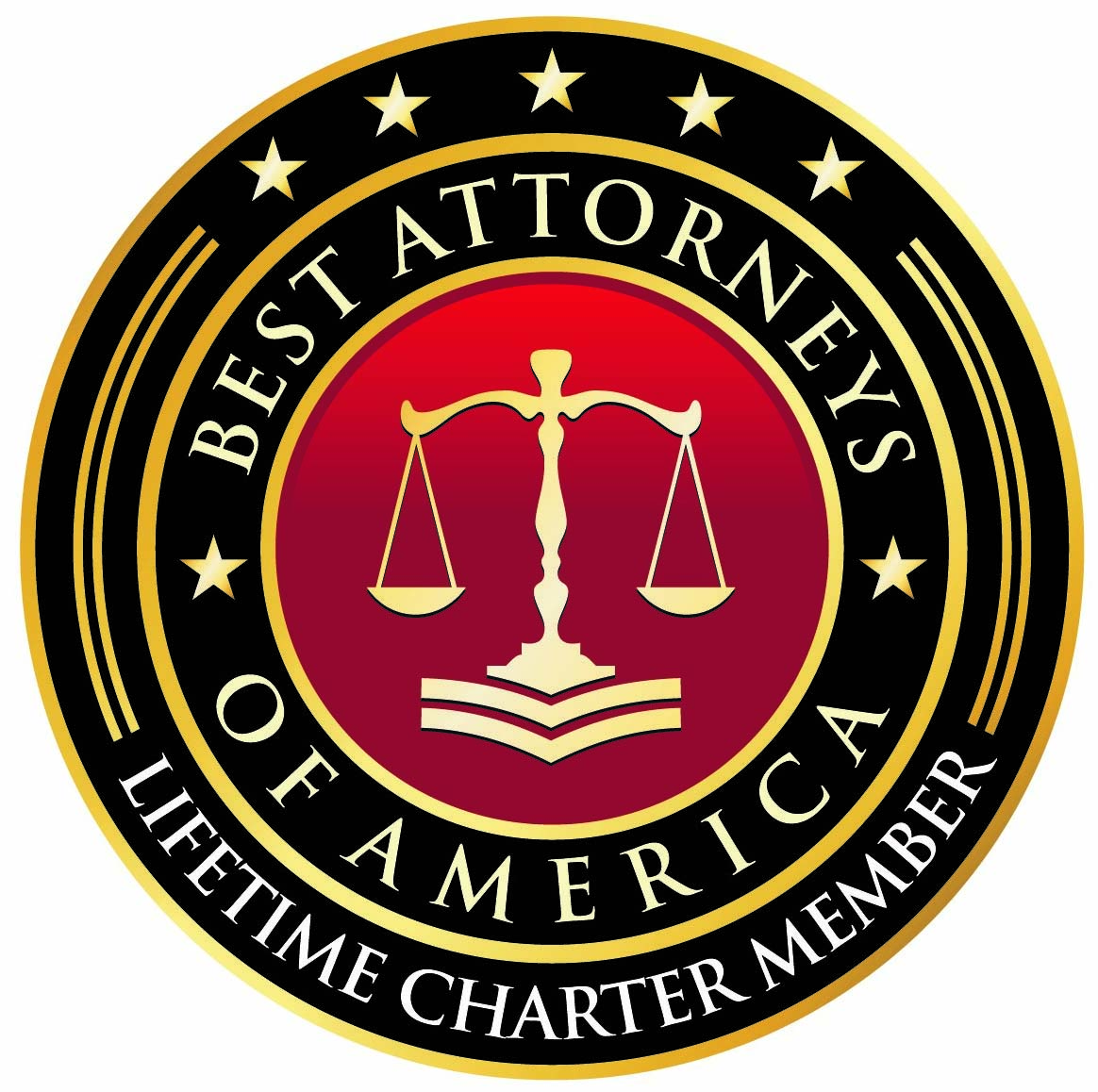 Best Attorneys in America - Life Charter Member
Best Attorneys in America - Life Charter Member
|
|
Click on a box below to choose one of our 4 menus:
There is NO CHARGE for sending your case information to our law firm. The information provided on this website is preliminary and informational ONLY. It is not legal advice. The use of our webpages does not establish an attorney-client relationship. This website is copyright 1999-2020 and the contents of this website are the property of Personal Injury Attorney William H Lawson. The Terms and Conditions of Use for this website and our Privacy Policy are available here for your consideration. All rights reserved. Hawaii Defective Products Liability Attorney LawyerWe thank you for visiting our site! |






